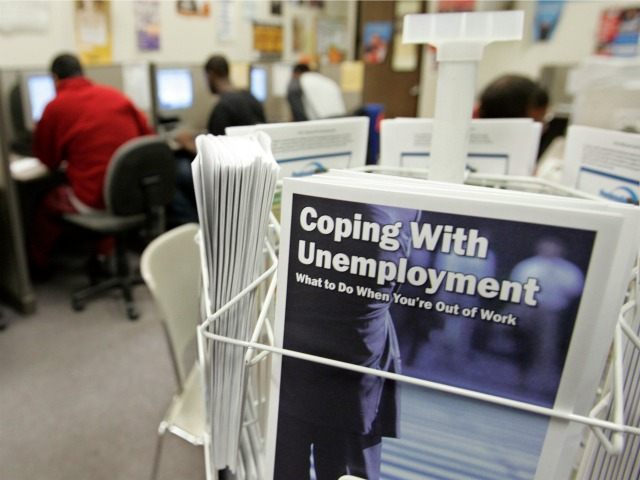A recently published study from an economics professor concludes that the declining manufacturing base and increases in low skilled immigration have served to increase income inequality in the U.S.
“The overall evidence suggests that the manufacturing and immigration trends have hollowed-out the overall demand for middle-skilled workers in all sectors, while increasing the supply of workers in lower skilled jobs. Both phenomena are producing downward pressure on the relative wages of workers at the low end of the income distribution,” reads the abstract to Hebrew University Professor Eric Gould’s paper.
He examined data over the forty years. In “Explaining the Unexplained: Residual Wage Inequality, Manufacturing Decline, and Low-Skilled Immigration” Gould reveals that changes in wages, employment, and income inequality have been impacted by the shifts in manufacturing, immigration and trade:
The last four decades have witnessed a dramatic change in the wage and employment structure in the United States and many other developed countries. The wage gap between earners at the top versus the bottom of the distribution have widened, and research has been unable to explain this transformation with changes in the quantities or the returns to observable factors like education, experience, occupation, and industry. At the same time, the manufacturing sector has steadily declined, while less-skilled immigrants have increasingly become a larger proportion of the population in the United States.
Specifically, Gould concludes that an area already being hit by a decline in manufacturing will see more inequality if there is more low-skilled immigration:
The results show that an influx of less-educated immigrants increases inequality, especially in areas that are undergoing manufacturing decline. A similar interaction is shown to affect the employment rate of non-college graduate native men – an increase in immigration coupled with a decline in manufacturing lowers the employment rate of less-educated men. The similarity of the results for inequality and the employment rate of non- college men reinforce the interpretation that these two phenomena are putting downward pressure on the wages of less skilled men – thus increasing inequality primarily at the bottom half of the wage distribution and encouraging more and more men to drop out of the labor market altogether.
In total, Gould concludes that some of the previously unexplained inequality increase since the 1970s has been due to the intersection of declining manufacturing and increased low-skilled immigration.
This paper establishes an important link between inequality within all sectors and the general equilibrium impact of manufacturing decline and an influx of less- skilled immigration. These two phenomena, which do not appear to be related to one another … generated a decline in the overall demand for middle- skilled work and an increase in the supply of workers looking to work in less-skilled jobs. As a result, variation in the extent to which a city or state experienced either one of these phenomena explains a large proportion of why the ‘unexplained’ level of inequality increased over time.
Read the full report.

COMMENTS
Please let us know if you're having issues with commenting.